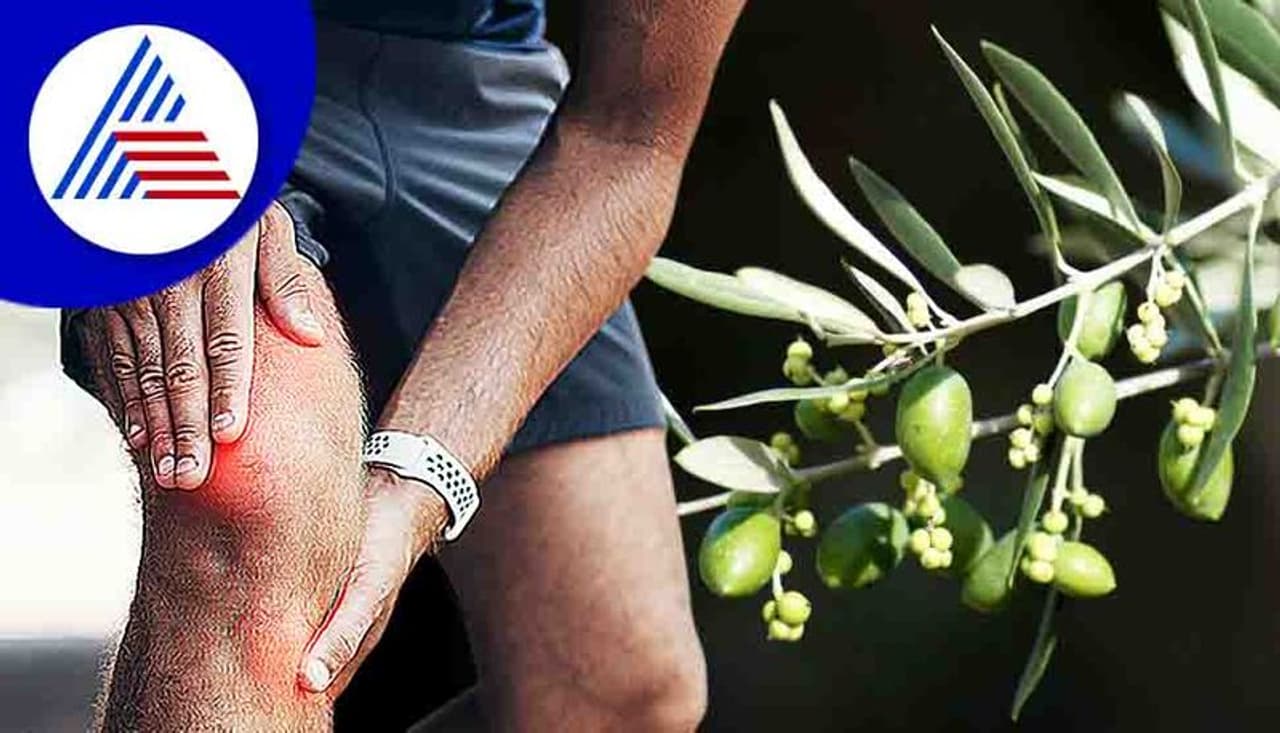Orthopaedic injuries are common but require meticulous diagnosis and treatment. Improving patient outcomes requires understanding these injuries and the appropriate treatments.
While prevalent, orthopaedic injuries require a methodical approach to diagnosis and management. Understanding the nature of these injuries and the most effective therapies is critical to improving patient outcomes.

As an orthopaedic surgeon, remaining current on the newest treatment procedures and rehabilitation tactics is critical to giving the best possible care.
1. Sprains and Strains: These are among the most common injuries, often resulting from overuse, sports activities, or accidents. A sprain happens when a ligament is strained or torn, whereas a strain affects a muscle or tendon. The ankle is the most often sprained joint.

2. Fractures: Fractures can occur in any bone and are most commonly caused by a direct hit or trauma. Common kinds include:
• Closed Fractures: When the bone breaks but the skin remains intact.
• Open Fractures: Where the bone breaks through the skin, posing a risk of infection.
• Stress Fractures: Often seen in athletes, these are small cracks in the bone due to repetitive stress.
3. Dislocations: A dislocation occurs when the ends of your bones are forced out of their normal positions. This can occur in joints such as the shoulder, elbow, or knee and often results from trauma.
Also Read: Easy nighttime weight loss tips for effective results
4. Tendonitis: This inflammation of a tendon is often due to repetitive motion or overuse. Common sites include the shoulder (rotator cuff tendonitis), elbow (tennis elbow), and Achilles tendon.

Treatment Approaches:
1. R.I.C.E. (Rest, Ice, Compression, Elevation): This is a first-line treatment for many minor orthopedic injuries like sprains and strains. Rest prevents further injury, ice reduces swelling, compression controls edema, and elevation helps minimize swelling.
2. Immobilization: Immobilization with a cast or brace is necessary for fractures and some dislocations to allow the bone or joint to heal in the correct position.
3. Surgery: More severe injuries, such as complex fractures or dislocations that cannot be manually reduced, may require surgical intervention. This can involve the use of pins, plates, or screws to stabilize the bone.
4. Physical Therapy: Rehabilitation is crucial to recovering from any orthopaedic injury. A physical therapist can help patients regain strength, flexibility, and range of motion, reducing the risk of future injuries.
5. Medication: Pain treatment is frequently required, especially during the acute period of injury. NSAIDs are widely used to relieve pain and inflammation.
Also Read: Discover health benefits of curry leaves: From improved digestion to diabetes control
Orthopaedic injuries, while prevalent, need a methodical approach to diagnosis and management. Understanding the nature of these injuries and the best effective therapies is critical to improving patient outcomes. As an orthopaedic surgeon, remaining current on the newest treatment procedures and rehabilitation tactics is critical to giving the best possible care.
-By Dr Basavaraj CM,HOD & Sr Consultant Orthopedics & Joint Replacement Surgeon, Gleneagles BGS Hospital Kengeri, Bengaluru
